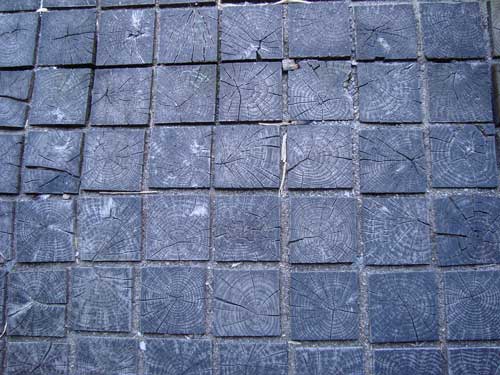
Obuse, as I mentioned in the previous post, is a revitalized small town that was once a center of commerce and culture. Revitalization centers on tourism and agricultural production, with a restored city center that is very charming. Above are wood sidewalk pavers made from chestnut trees: unique and tied to the town’s 600 year history, in which chestnuts were one of the few agricultural products that could grow in the silty river valley.
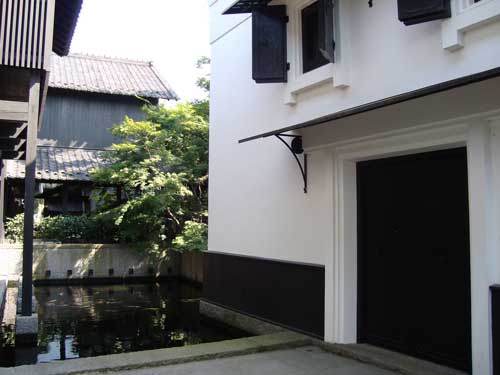
It was also wonderful to see the old sake distillery buildings reworked into a chic restaurant and high end hotel. It is rare in Tokyo to see creative re-use of old buildings. The restaurant where we ate featured chestnuts with rice, and displayed an enormous wood sake barrel and old photographs in the bathroom. I like how preservation and stylishness are combined here.
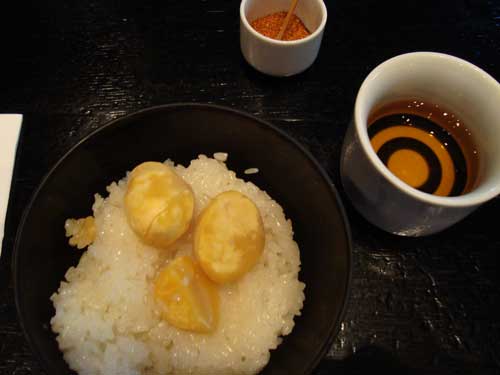
The Obusedo Honten Restaurant serves seasonal food and aims to be a “vegetable showroom” with a “from the countryside to the kingdom concept.” The restaurant was able to accommodate all 55 of us, and it was chic and tasty.
In addition to the obligatory “omeyage” store where you can buy chestnut sweets to bring back from your trip, there is also a revitalized Masuichi-Ichimura Sake Brewery that uses old techniques like wood barrels for distilling and ceramic bottles for sale. Again, they do a terrific job of making Japanese rural traditions modern and appealing.
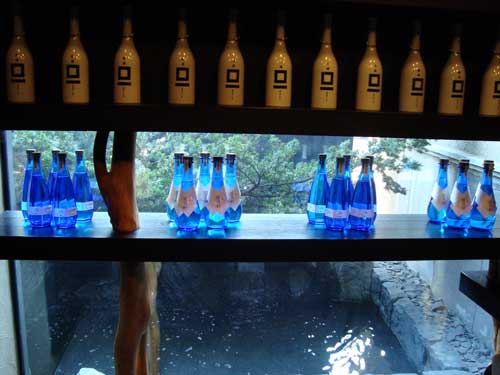
One of the driving forces behind Obuse’s revitalization is an American woman named Sara Marie Cummings, who settled in the town more than 15 years ago. In a country that is often resistant to foreigners, it is great to see how an American has helped this town find its future by reviving its past and appealing to modern sensibilities. She gave a brief talk to the students and professors.
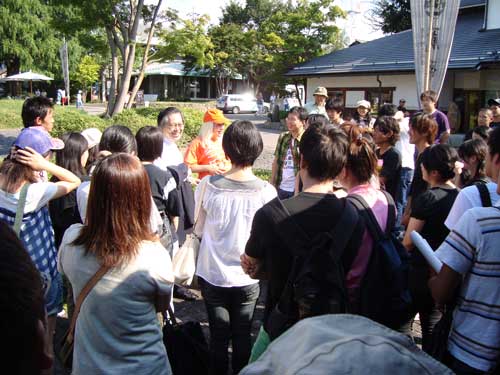
Cummings has created a cultural salon and a marathon to engage locals and bring in visitors. In collecting information about the town, the students and I discovered that there is also an “Open Garden” program where residents and small businesses create gardens open to the streets and sidewalks. A plaque shows their participation, and provides an English-only welcome.
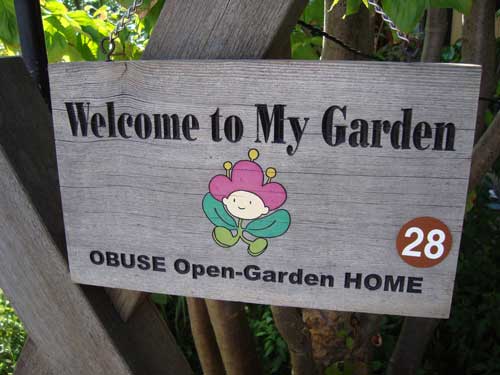
See some more photos after the jump:
Continue reading →







